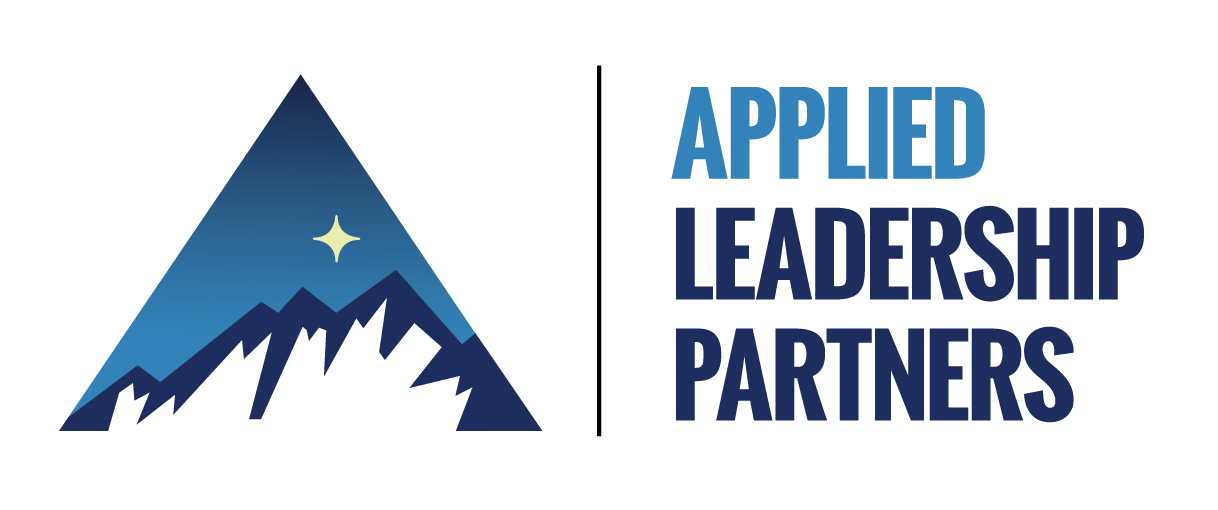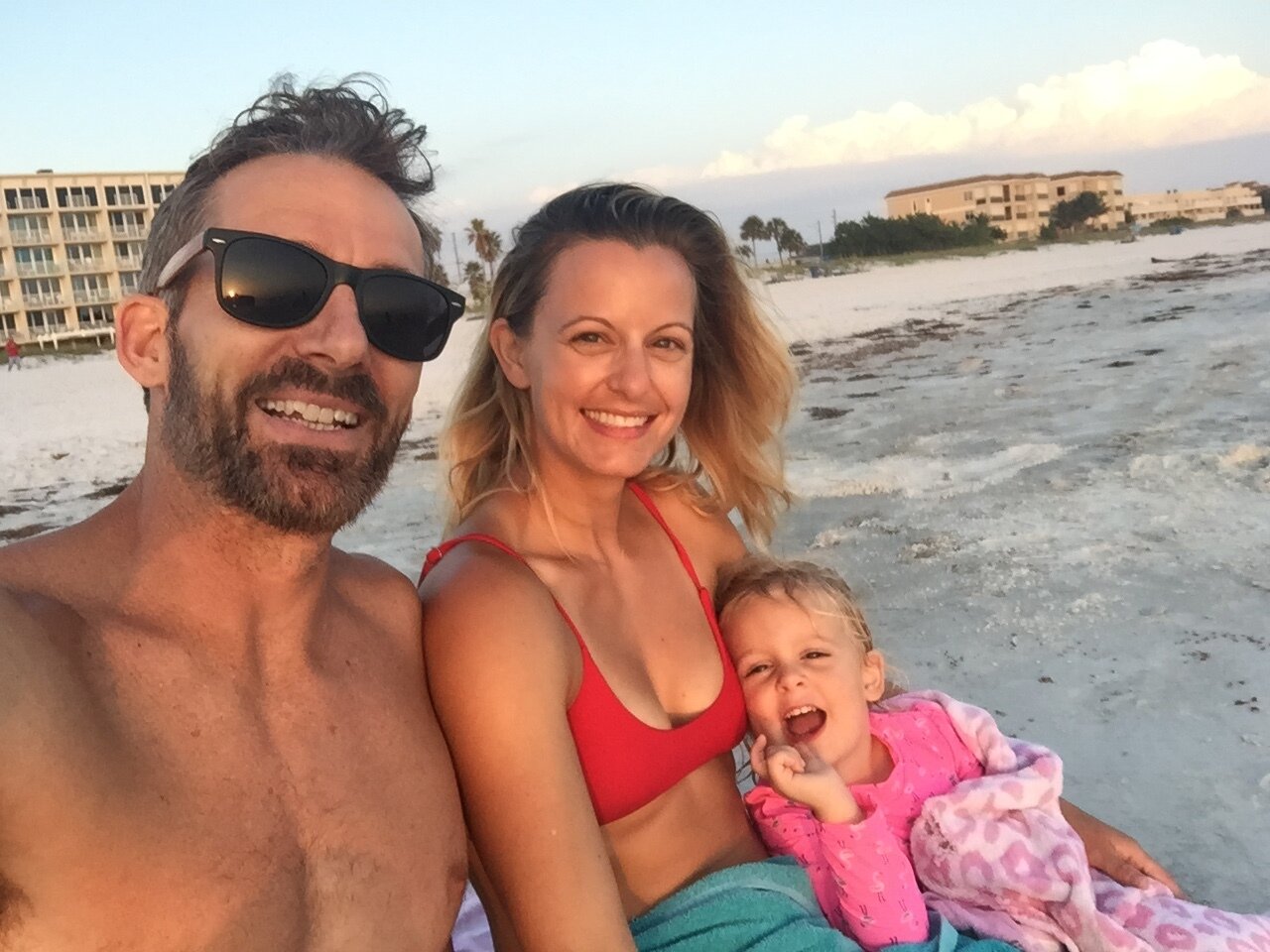Our world today is full of options. We can choose from 30 different kinds of orange juice, a million shows on Netflix, and virtually limitless ways to spend our time. I suppose that makes us fortunate, and it’s worth acknowledging the incredible abundance that most of us enjoy. But I’m not sure that it is making our lives or our businesses any better. All of these choices come at a cost, and perhaps a much bigger one than you think.
Because as much as the world is full of options, it is also full of uncertainty. We’re not sure what things will look like in the future, or even how we’ll feel. Often, when faced with so many choices, we simply decide to make no decision at all. We keep our options open. We wait for better information. We wait for the perfect option to show up - or at least for some of them to fall away so that the decision is made for us.
Big decisions make us nervous because we might not be happy with it tomorrow or next week or next year. What if we chose poorly? What if something better comes along? We are terrified of, and often paralyzed by the idea of giving up our precious optionality. And it’s not because we’re afraid of the option that we DO choose. Our fear is all about what we might miss out on. That’s right, our FOMO is what’s holding us back, because we know that by taking one option, we’re passing on so many others. But here is the thing, we will never be able to do everything. And if we don’t accept that we can’t do everything, we’ll end up doing nothing.
There is no inherent value in optionality. None.
All of the value resides within the options themselves, and none of that value is actually captured until an option is exercised...and the optionality goes away.
It’s only when we choose to invest our time and energy that we can start seeing returns. Compounding is the most powerful force in the universe, but you cannot benefit from its power if you’re not invested. Be it a stock, a business, a skill, or a relationship, time under tension really matters. We can’t just wait for something (or someone) great to come along, we have to choose a path and make it great.
What’s the best training plan to help you get strong? The one you follow.
Best nutrition plan for maintaining a healthy weight? The one you can stick with.
Best investment strategy for retirement savings? The one you commit to for 30 years.
Best school district for your kids? The one you actively participate in.
You get it.
The danger is not in making the wrong choice, and it’s not in passing up an amazing opportunity. The danger is in failing to commit. We have the power to make almost anything great if we commit to it and take care of it.
We sometimes fool ourselves into thinking that half-stepping or half-assing our way through life’s difficult decisions will protect us from disappointment or heartbreak or looking foolish. We think it won’t hurt so bad if it was only a half-hearted attempt. Right? That’s wrong. Nothing hurts worse than wondering how things might have worked out if we’d only done it wholeheartedly.
Maybe you’re familiar with the term “plan shopping”? You know, like when a friend invites you to a party and you tell him, “yeah, sounds fun, maybe I’ll stop by”, because not-so-secretly you’re wondering if something better might come along. We’ve all done it. And we all should stop, because in addition to it being inconsiderate, it prevents us from really engaging with the people and activities that make life great. Our obsession with keeping our options open is robbing us of the ability to enjoy and appreciate what we have - which for most of us, is a lot.
To be clear, I’m not talking about blindly picking a path nor dogmatically sticking to it. We should take some time to identify and consider our options. And we should feel free to change course when things are truly out of whack. What I am saying is that we should make the best decision we can and give it our best shot. Because if you really want to have great options, you should be the kind of person that consistently does your best...right where your feet are.
















































